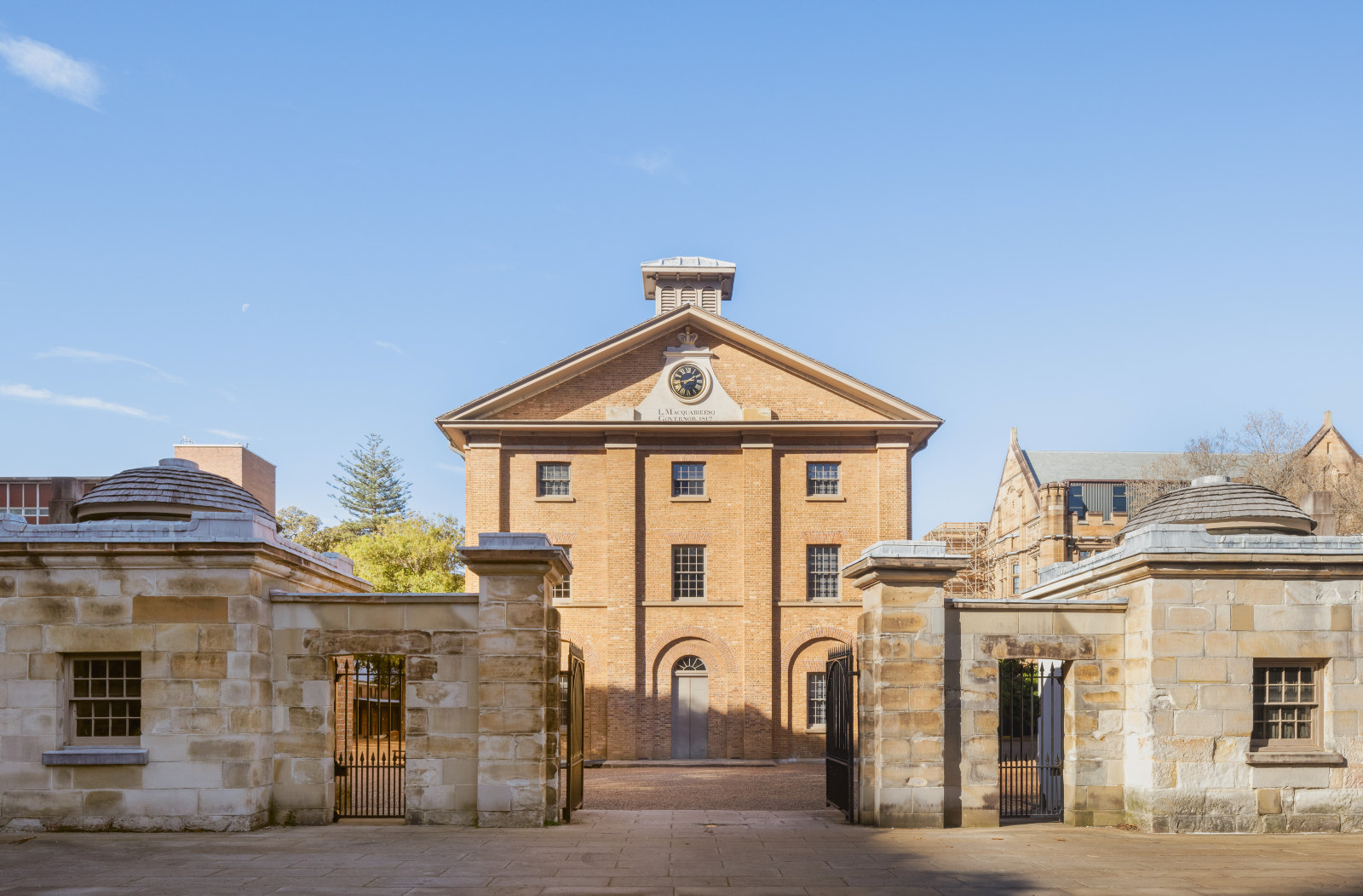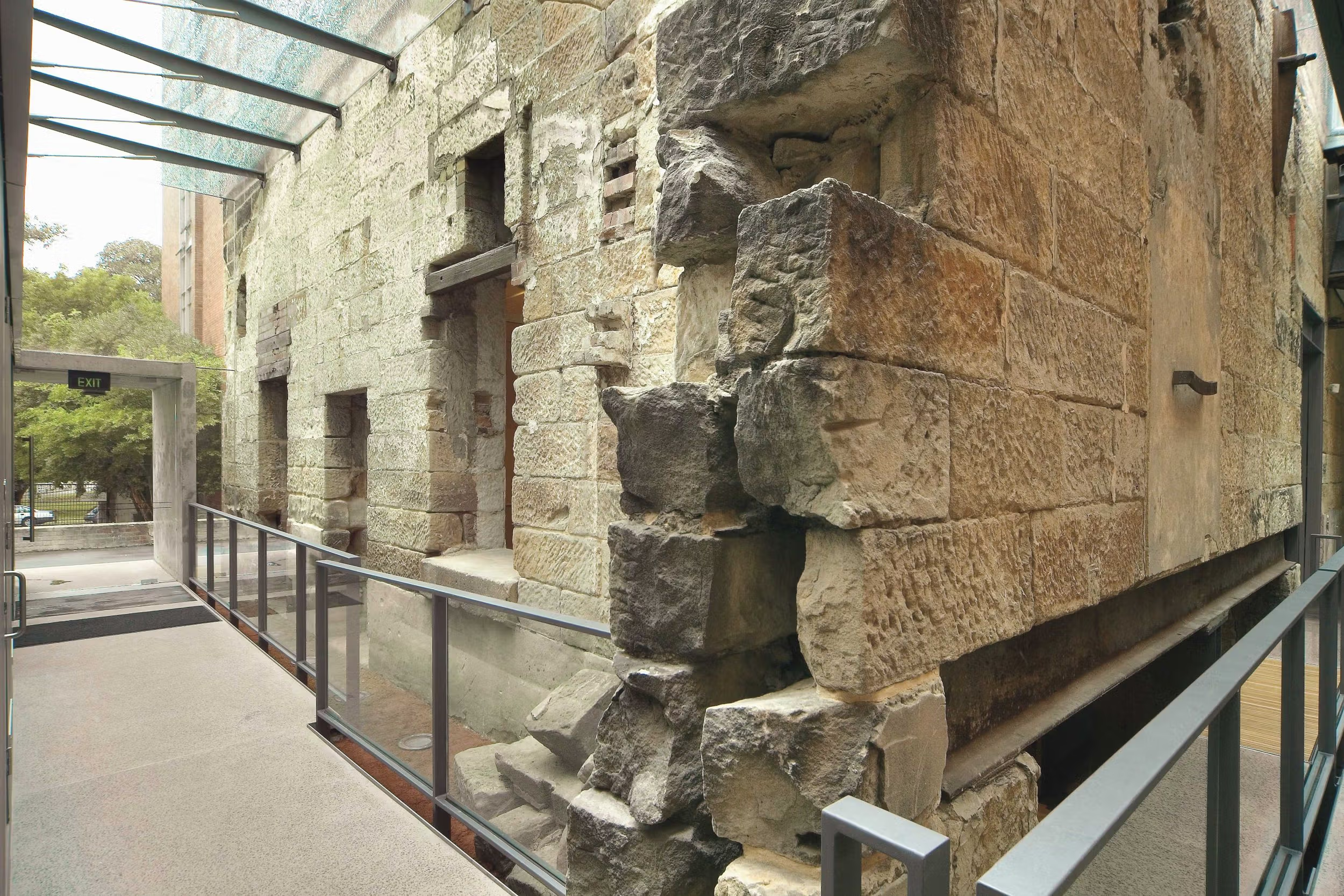Caroline Simpson Collection
Home and garden design, history and life

There’s plenty happening every day at our museums, historic houses and gardens, with entry free for all!

Explore our curriculum-linked programs, excursions and resources for stages 1 to 6. Inquire or book now

Your support will help us to preserve and share the stories of NSW through our places, collections, archives and programs

We manage, maintain and interpret buildings and places of historic importance for the education and enjoyment of the public
Home and garden design, history and life
Making history every day
Place-based collections at our historic houses and museums

On the day of Sydney Open, the winner of our members competition, H K of Redfern, and a guest enjoyed a very special personal tour of the Sirius building

For those who visit Vaucluse House, the annually blossoming jacarandas are a friendly and gentle reminder that spring is coming to a close for another year

A variant version of the ‘Red Book’ – with additional plans dated May 1958 – has recently been generously donated to Museums of History NSW by Mr Mark Matheson

In the second annual NSW Aboriginal Languages Week, held on 20–27 October, we celebrate the determination and courage of First Nations peoples to maintain and revitalise languages
A space and place to celebrate and engage with First Nations cultures, knowledge and perspectives
Welcome
A significant donation of more than 3,000 wallpaper samples to the Caroline Simpson Library reflects just one facet of the remarkable careers of Phyllis and John Murphy, partners in life, architecture and heritage conservation

Refreshed and renewed, the refurbished visitor centre at Rouse Hill Estate, on Dharug Country, offers visitors an invitation to explore the property and discover its richly layered history

Sydney’s urban landscape is a testament to both the city’s rich history and examples of forward-thinking vision. Among the most compelling examples of this fusion of past and future is the revitalisation of the Mint complex

A recently donated letter, signed by the governor of NSW in 1832, offers a tangible connection to the story of Samuel Horne, a convict who rose to the rank of district chief constable in the NSW Police